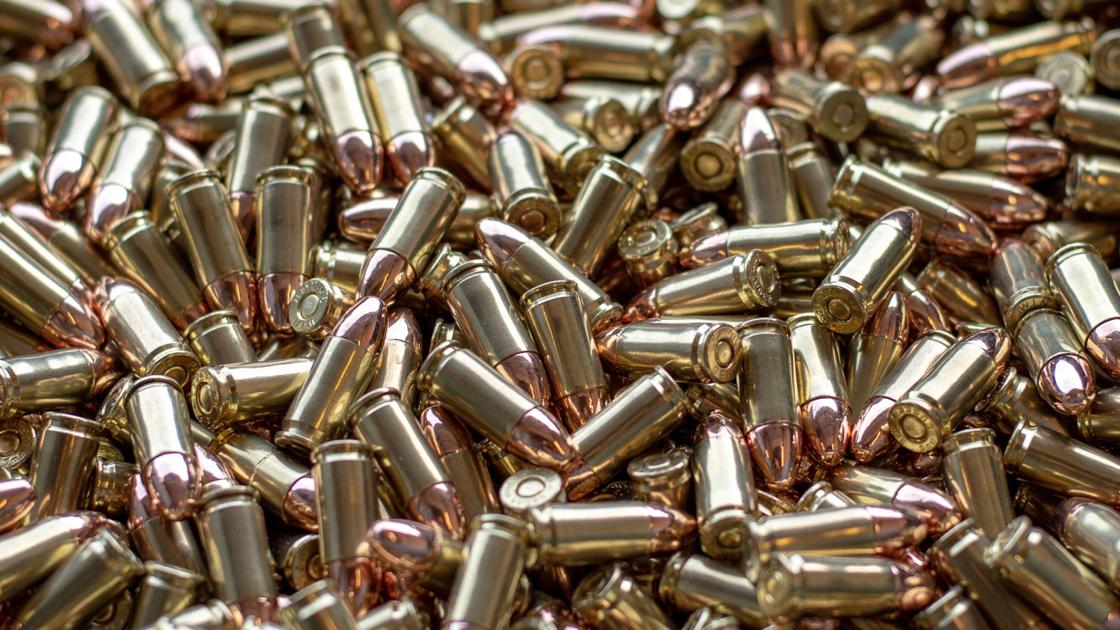Carry Pistol Ammunition Guide
The ammunition you select for the firearm you carry is as important a decisions as what kind of firearm you select. There is ammunition designed for training, ammunition designed for self-defense, ammunition designed for hunting, and more types of bullets – the actual projectile itself – than can be listed. Cut through the fog and understand that only two things really matter for daily carry: first, it has to be ammunition that will reliably function in your specific gun, and second, it should be ammunition designed for self-defense use. As long as these two criteria are met, the only other task is to test which load and brand works best with your gun.
One you’ve narrowed down which rounds operate the best in your gun, you need to look at which rounds will penetrate a threat the best. Though no one likes to get shot with anything, you will need to find the round that puts a bullet the deepest into a target. Unlike rifle bullets, handgun bullets need to pierce bone and organs, as their wound channels are not as explosive and damaging as those delivered by a rifle. Keep this in mind while selecting ammunition, as heavy clothing can effect penetration, especially with smaller calibers.
Strange as it may sound, different guns prefer different cartridge loads. For example, a certain Glock 26 may shoot more accurately with Winchester White Box 115-grain training ammo than it would with other brands or bullet weights. While it is important to have reliable and accurate training ammunition, this becomes even more important when it comes to the rounds you will actually be carrying on your hip. Buy at least two different types of carry ammunition and test them for performance. When a friend has ammunition at the range that you’ve never run through your gun, ask if you can try a few. It is of the utmost importance that the rounds you carry in your gun every day are as accurate with your personal firearm as possible.
Ammo Glossary
- Ball – The military nomenclature for full metal jacket ammunition, as in “ball ammo.”
- BJHP – Bonded-jacket hollow-point. A style of self-defense projectile in which the jacket of the bullet has been specially bonded to the lead core, making for more reliable expansion and energy transfer.
- EB – Enclosed base. This means there is no bare lead on the base of the bullet; it is jacketed in order to minimize lead exposure.
- FMJ – Full metal jacket. These are bullets that have no exposed lead on the nose or sides and do not deform as dramatically as hollow-point or bare-lead bullets. These are the standard training load for semi-automatics and are not preferred for self-defense.
- FPE – Foot-pounds energy. This is the measurement of the energy the bullet delivers to a target upon impact when fired from a test barrel at the factory. Your mileage may vary.
- FPS – Feet per second. This will be the velocity at which the projectiles left a test barrel at the factory when samples from each lot of ammunition were tested. As above, your results may differ due to firearm barrel length.
- Frangible – These are target rounds that are specifically designed to break apart on impact with backstop. They are widely used at indoor ranges to reduce the risk of ricochets.
- Grain – An archaic unit of measurement that is still used when referring to weights of projectiles. 437.5 grains equals one ounce.
- Hardened Lead – An alloy of lead and antimony. This alloy is used for bare-lead projectiles, providing better expansion control and less fouling in barrels than unalloyed lead.
- HP – Hollow-point. This is a bullet that has a cavity carved out of its nose, and the intent is to make the projectile open up upon impact with a target in order to expend all of its energy in that target without passing through.
- JHP – This is a hollow-point that is also jacketed. This is done to reduce fouling in the action and barrel of the firearm and to provide more consistent bullet expansion.
- Low Flash – These are cartridges that have been specifically loaded to reduce the visible muzzle flash when the gun is discharged.
- Low Recoil/Managed Recoil – These are cartridges that have been specifically loaded with a lower powder charge to reduce the felt recoil when the gun is discharged.
- LR – Long Rifle, as in .22LR. This is the most common type of .22 ammunition. Before it became the industry standard, there was also the .22 Long and .22 Short, both of which are still available but not nearly as common.
- WMR – Winchester Magnum Rimfire. Also known as .22 Magnum or .22 Mag, it is a longer-cased .22 rimfire round. It is often used for target shooting and small game hunting, through some self-defense oriented sidearms are chambered for this powerful little round.
- LRN – Lead round nose. These bare-lead, unjacketed bullets are most common in revolvers and are mostly used for target shooting.
- +P and +P+ – These are designators identifying ammunition as carrying a heavier than normal powder charge. Certain firearms are designed to fire +P and +P+ ammunition, but not all are. Always consult a gunsmith before using any ammunition not specifically designed for use in your particular sidearm.
- SJHP – Semi-jacketed hollow-point.
- SJSP – Semi-jacketed soft point. These are projectiles that look like a SJHP but without the hollow points, and are commonly used for big game hunting and self-defense when increased penetration is desired.
- SPL – Special, as in .38 Special or .44 Special. Pay close attention, as cartridges marked “Special” are very different from other rounds with the same numeric designation but a different suffix, such as .38 S&W or .44 Magnum.
- SWC – Semi-wadcutter. This is a type of bullet used mostly in target shooting but also for self defense with hardened lead bullets.
- SWHP – Semi-wadcutter hollow-point. These are bare-lead bullets with a hollow point; picture a SJHP but all lead. These are more common in the bigger-bullet, lower velocity cartridges like the .45 Colt.
- TC – Truncated Cone. This is kind of the autoloader version of a wadcutter, in that it has a flatter nose than a standard ball round.
- TMJ – Total metal jacket. These projectiles are completely electroplated with copper so there is absolutely no exposed lead.
- WC – Wadcutter. This is a flat-nosed, usually-unjacketed projectile common in revolver cartridges that is usually used for target shooting, but is also popular for self-defense in snub-nosed revolvers.




